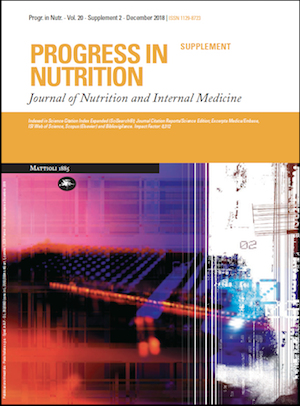Is neck circumference a simple tool for identifying insulin resistance: a hospital-based study in Turkey
Main Article Content
Keywords
neck circumference, obesity, insülin resistance
Abstract
Aim: To make it clear whether neck circumference (NC) can be a valid and efficient method for distinguishing obesity and insulin resistance (IR) in Turkish adults. Material and Method: A total of 527 women, in the age range of 20 to 49, were recruited into the study and classified as normal-weight (n=130, 24.7%), overweight (n=172, 32.7%) and obese (n=225, 42.6%). Anthropometrical measurements such as body weight, height, waist circumference (WC), WHtR and NC were taken by the researcher. Serum fasting blood glucose, fasting blood insulin, triglyceride, high-density lipoprotein cholesterol, serum low-density lipoprotein cholesterol, were analyzed. Insulin resistance was determined by “Homeostasis model assessment IR index (HOMA-IR)”. Results: A total of 130 women were normal-weight, 172 women were overweight and 225 were obese. 66.8% of the overweight and 95.6% of the obese women’s WC is more than 88 cm. According to the WHtR, it has been detected that 70.9% of the overweight women are in the risk group for chronic diseases whereas 88.4% of obese women are in the high risk group. While the majority (86.2%) of the normal-weight women’s NC is less than 34 cm, that of 88.4% of the obese women is higher than this value. A positive, strong relationship among body weight (r=0.654), BMI (r=0.653), WC (r=0.574), Waist/height ratio (r=0.541) and NC was determined. According to the findings, 82.9% of the women with NC higher than 34 cm have IR and being in the risk group regarding NC increases the risk of having IR 4.7 times. Conclusion: In women, NC, BMI, WC and WHtR have a positive correlation. Therefore, it is beneficial to use NC as a valid indicator for both overall and central obesity.






